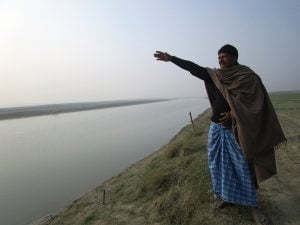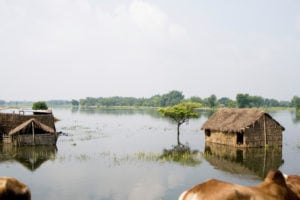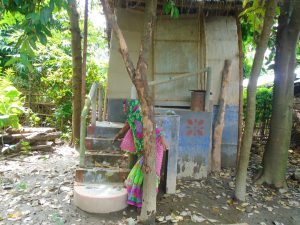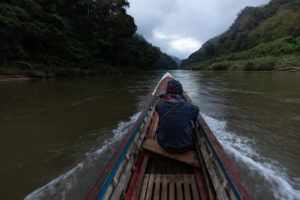After devastating floods struck the northeastern Indian state of Bihar in August 2017, the country’s prime minister, Narendra Modi, conducted an aerial survey of the affected areas. At the time, nearly 3,000 square kilometres of the state were under water – an area twice the size of the National Capital Territory of Delhi. According to official figures, the disaster killed 815 people and forced nearly 900,000 from their homes, leaving many with no choice but to live on roads, rail tracks and rooftops.
Invisible from the prime minister’s helicopter, however, was the increased violence and insecurity unleashed upon girls and women of the region in the wake of the disaster.
Hema Devi*, a teenager from the district of Araria, was just one of the victims of this increased threat. The flood had submerged her village, forcing Hema and her mother to live in a makeshift tent along the national highway – although this had become an almost annual occurrence. In February 2018, a man approached Hema’s mother offering to pay INR 5,000 (USD 67) to marry her daughter.
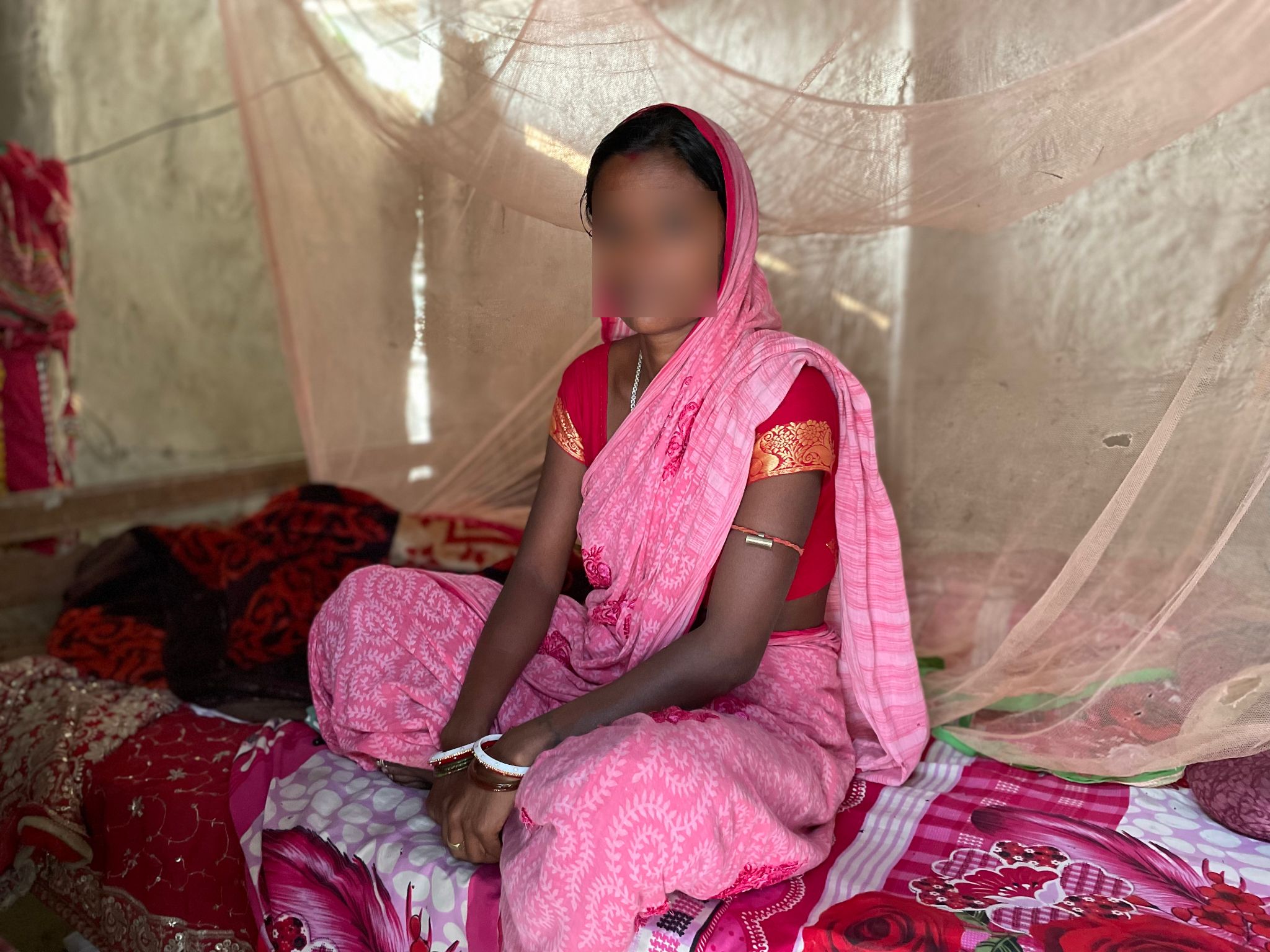
Marriage, it seemed, offered the possibility for a better life for Hema, who had had a difficult childhood, stopping her education when she was 11 years old to tend to her ill mother and earn for the family. “My mother thought he was a good man and was based in Araria [so we would be close after the marriage],” Hema told The Third Pole.
But her mother was wrong. After only a month in Araria, Hema’s husband moved the couple to the city of Chandigarh in the northwestern state of Punjab, where he physically abused her. She endured this abuse for six months before escaping. “I reached the railway station and asked people where the train was going,” she said. “I found my way to Purnea station [near Araria] and got home.” Hema faced backlash from her mother upon her return, but this has settled down. She works locally, running a shop along the highway, and says she wishes to never marry again.

Hema’s experience of violence following a disaster is not uncommon, nor limited to major events such as those of August 2017. During visits to Bihar’s Araria and Katihar districts, interviewees told The Third Pole that annual floods in the area are creating stressors that exacerbate violence against women and girls. Nor are such risks confined to Bihar or wider India. With climate change leading to increased frequency and intensity of extreme weather events such as floods, women are disproportionately impacted. Across the world, multiple studies have linked extreme weather events with an increase in violence against women and girls.
Floods exacerbate preference for boys
In India, extreme weather events tend to lead to greater out-migration, especially in marginalised communities. Men more often migrate to other parts of the country to work, and women are left behind with few income opportunities. Thus, male children are considered sources of income while female children are often seen as burdens; the high prevalence of dowry payments upon marriage contributes to this. This preference for sons perpetuates discrimination and violence against women and girls by putting added pressure on women to give birth to male children.
Bina Devi, from the village of Devipur in Katihar district, is one woman who spoke about such pressures. A mother of three sons, she said she would have died if she hadn’t had a male child, as there would be no breadwinner for the family. Five years ago, after her husband died, her eldest son was forced to migrate and provide for the family when he was only 10 years old. Now aged 15, he continues to provide for his two brothers, sister and mother.
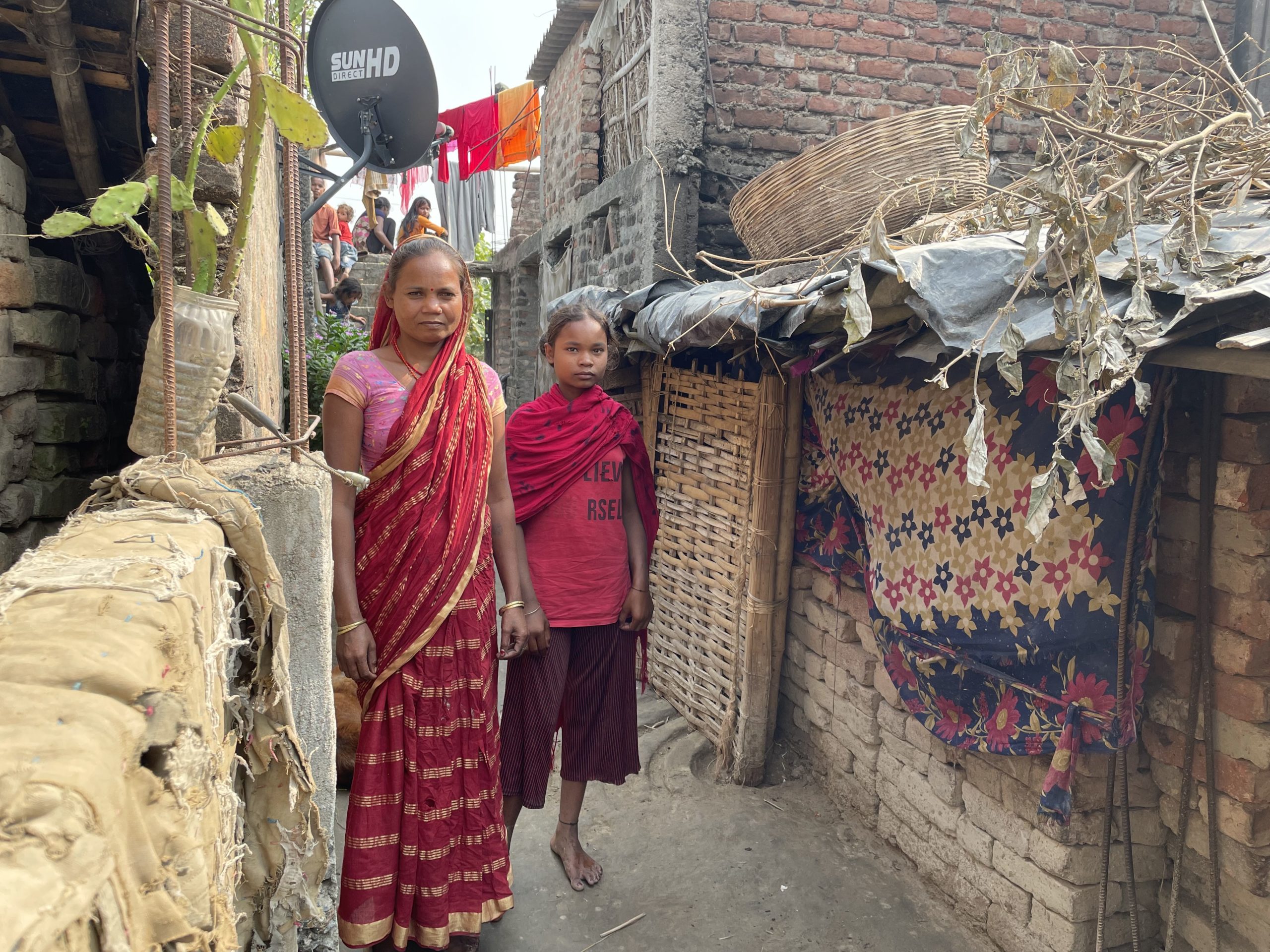
In a study published last year on gendered vulnerabilities associated with floods in Bihar, researchers were told that households with more daughters are the most vulnerable. When entire villages are inundated, households in the region frequently make tripod-like structures called machhans to support their huts and create a platform to guard their possessions. This is considered to be men’s work, with women not allowed to take part even if they are physically capable. Women-only households are thus forced to move to higher ground and set up makeshift tents.
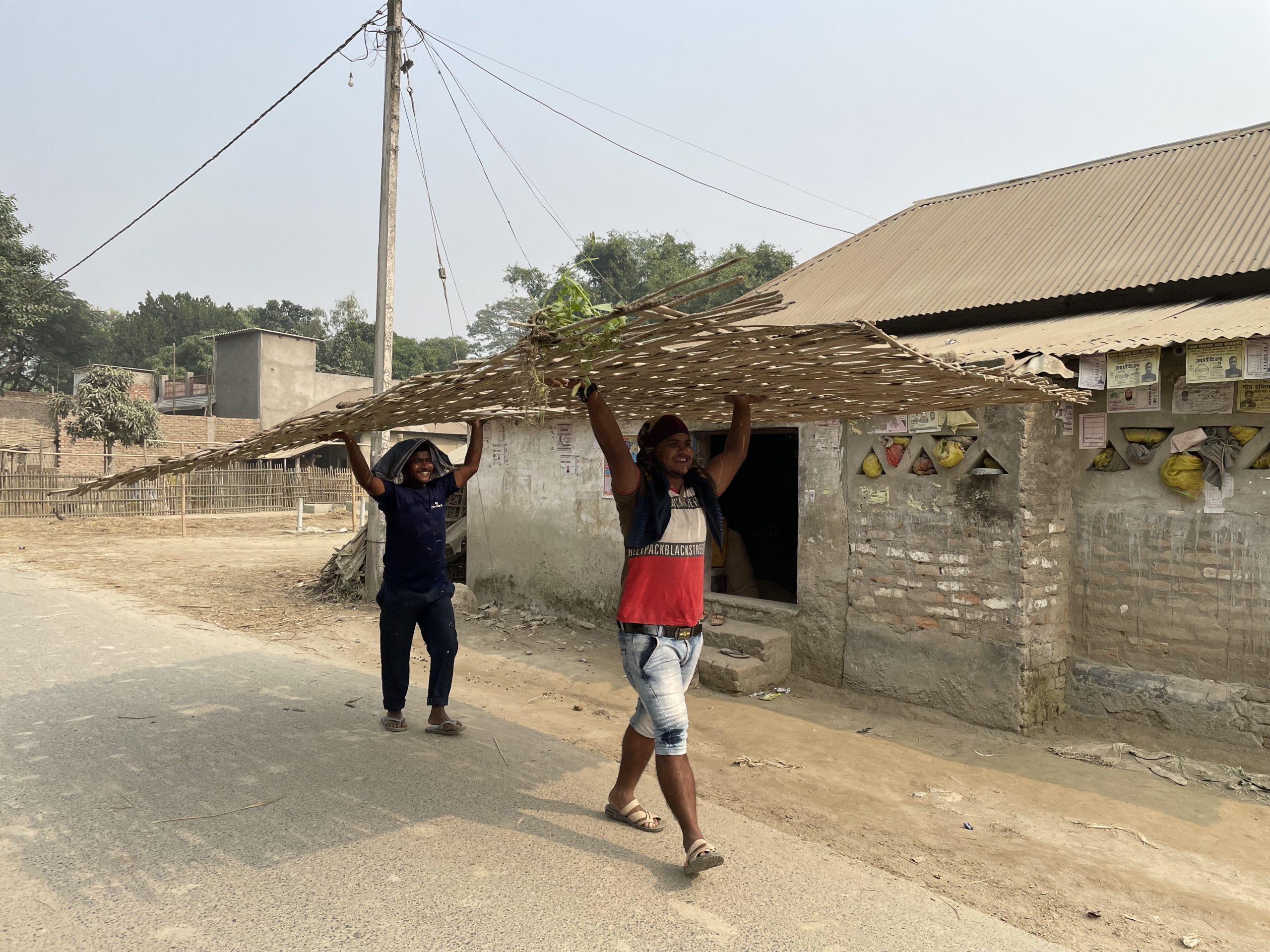
After the floods, rebuilding houses is also seen as men’s work. Women-only households have to rely on male relatives or pay men in the village to do such tasks for them. Hiring this labour can cost as much as INR 350 (USD 5) per day, according to women from Devipur village. This is a heavy cost in a state with a per capita annual income of INR 34,000 (USD 460), or about INR 90 (USD 1.21) a day.
Dowry and increased vulnerability to trafficking
Pressures around dowries, demanded by a man’s family upon marriage, are an added burden for women and their families – one that often heightens vulnerability to violence and harassment. Bina’s youngest daughter is 12 years old, but her mother is already worried. “I have to start saving money now so that she can get married in a few years,” she told The Third Pole. “People ask for INR 400,000-500,000 [about USD 5,400-6,700] in dowry. No one will marry her without dowry. If we don’t give dowry, they might kill her or divorce her.”
Dowry was mentioned as the primary reason for seeking to borrow money in the 2021 study of gendered vulnerabilities in Bihar. This financial risk, combined with the loss of livelihoods and food security during floods, further increases the vulnerability of young girls and, often, their parents.
Chandni, a young woman from Katihar district, is 18 but her father has already been approached by three different suitors. She has been able to persuade her family to allow her to continue her education instead, especially as she suspected them to be traffickers. “They always approach my father and try to convince him by saying that ‘You have three daughters. The suitor is a doctor and will take care of all the expenses and will not ask for dowry’,” Chandni told The Third Pole. “And they are always from far-off places like Muzaffarpur near the border [of the neighbouring state] of Uttar Pradesh.” Muzaffarpur is about 300 kilometres from Chandni’s home in Katihar.
For many, such a waiver of dowry may seem too good to turn down, but Chandni’s family are resisting, even amid financial pressures that floods only exacerbate. “This is a flood-prone area so it is difficult to sustain ourselves here,” her mother said. “We lease land for around INR 20,000 [USD 270; per year] and grow crops. But this year, we lost crops across 1.5 bigha [close to 3,800 square metres] of land. We work to earn, but if there are no earnings, what can we do?”
Displacement and harassment in tents and camps
According to government data collated by The Third Pole, between 2010 and 2019 more than half a million houses were damaged in Bihar by floods. This forced residents, such as Hema and her mother, to move to shelters or set up temporary camps along highways and railway tracks. In these camps, where tents are close to each other, young women and girls are frequently subjected to harassment and violence.
“Within a few days of living in camps, people learn who lives next to them and where,” said Sudha Varghese, an Bihar-based activist who works with Dalits and Mahadalits – the most marginalised social communities, previously referred to as “untouchables” until untouchability was outlawed under the 1950 Constitution of India. Varghese said that there have been cases of sexual harassment and violence in the camps, in which young girls and women are victimised.
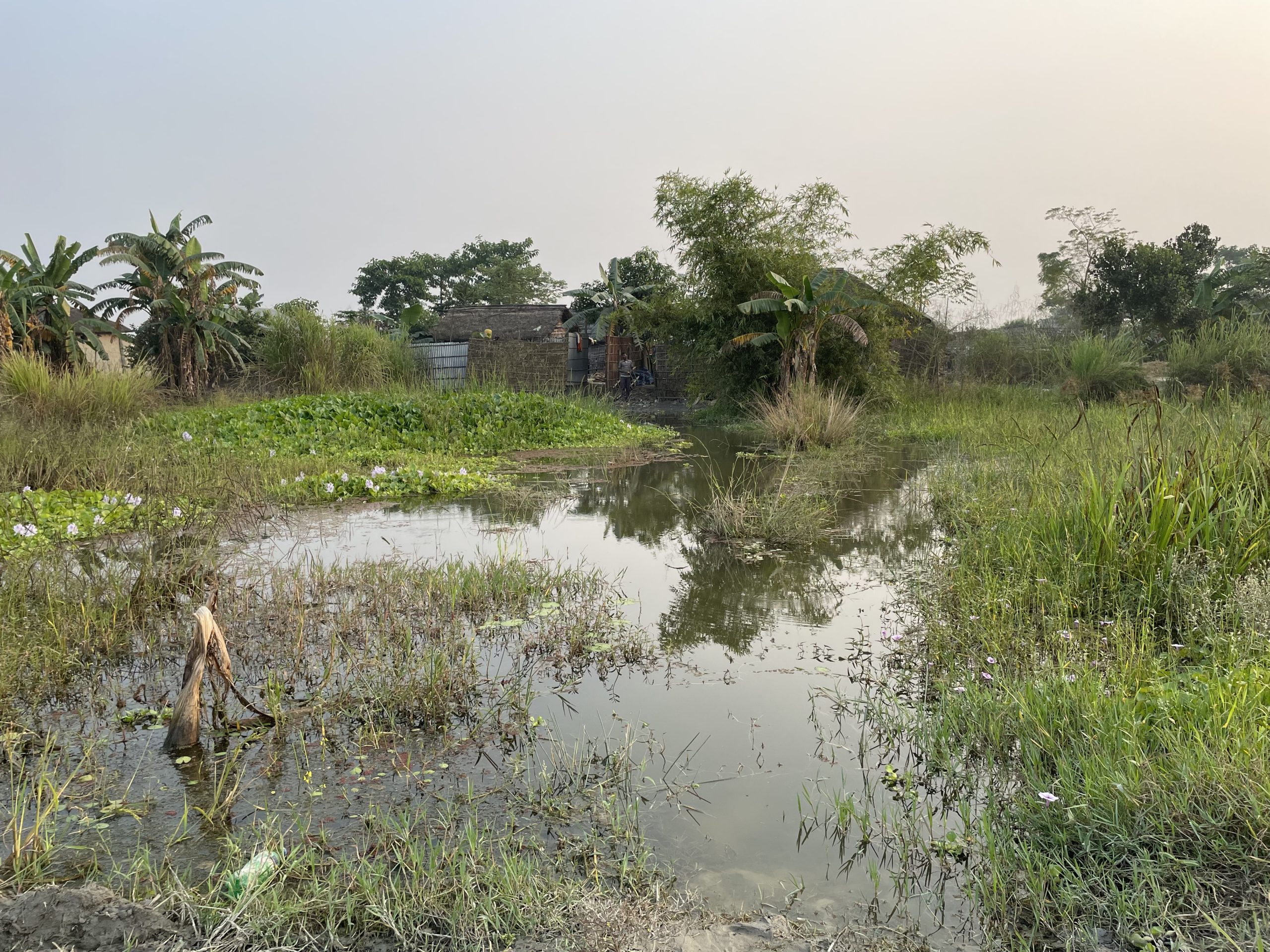
A 2016 study on the impact of flooding on women in Bihar found similar instances. “We face the problem of eve-teasing [a euphemism for sexual harassment used in Indian English] and harassment because our parents left us alone in the house and there was no security,” 16-year-old Rekha Yadav told the researchers.
Need for more research and targeted policies
Globally, studies have highlighted the role climate change plays in exacerbating violence against women and girls. A 2020 report by the International Union for Conservation of Nature highlighted how environmental degradation can worsen forms of gender-based violence such as sexual assault, domestic violence and forced prostitution.
In wider South Asia, a 2010 study looked at the impact of the 2004 Indian Ocean tsunami on gender-based violence in Sri Lanka, while research published in 2020 explored similar links between floods and violence in Pakistan’s Sindh region. Both studies found that women face an increased risk of physical, emotional and sexual violence in the aftermath of such events.
In India, a 2020 study looked at the correlation between the 2004 tsunami and intimate partner violence, while a 2018 paper showed how rainfall variability and depletion of groundwater in the southern state of Tamil Nadu is leading to women’s jewellery being taken and used to buy tools to dig borewells. “This is a subtle shift of power from women to men,” said Nitya Rao, professor of gender and development at the UK’s University of East Anglia, and one of the authors of the paper.
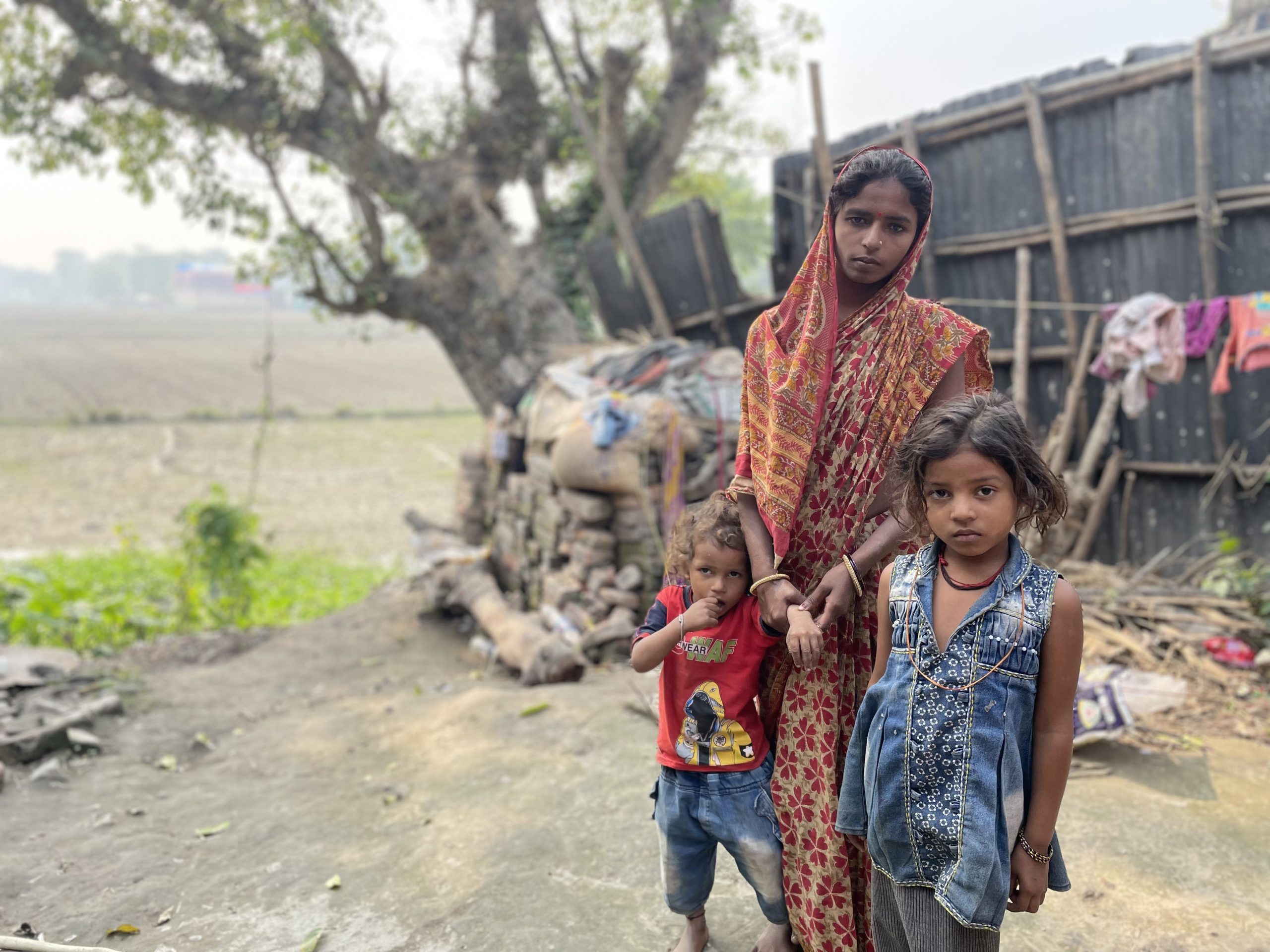
While these smaller studies highlight indirect links, researchers say that drawing a direct causal link is impossible as multiple factors influence the incidence of violence. Lack of research and data is impeding the understanding of the triggers for gender-based violence associated with climate change.
Anjal Prakash, research director and adjunct associate professor of the Bharti Institute of Public Policy at the Indian School of Business, pointed out that relatively few researchers work on gender issues. He also highlighted difficulties in data gathering, as “For any researcher to explore these issues, the data has to be sex disaggregated and should include indicators that highlight social inequity.”
Even policies that address gender look at women as a category, and fail to analyse how gender intersects with other forms of marginalisationNitya Rao, professor of gender and development at the University of East Anglia
Smitha Rao, an assistant professor in the College of Social Work at Ohio State University and author of the Indian tsunami impact study, told The Third Pole that successive rounds of changes to the structure and methodology of the National Family Health Survey – the country’s most extensive source of data on health, marriage and domestic violence in India – have made comparing data difficult. Also, this survey provides data on violence against women at the state level, making understanding impacts at more granular levels difficult.
The current government policies on climate change and disasters also lack a gendered perspective. A parliamentary report on flooding released in August last year does not mention women, while 43% of the 28 state action plans on climate change make no substantial mention of gender.
Even the policies that do address gender look at women as a category, and fail to analyse how gender intersects with other forms of marginalisation, said Nitya Rao. “In the context of India, caste [also] plays an important role. Ultimately it is about unequal power and power relations.” And climate-related disasters are making those relations ever more unequal, at great cost to women across the world.
*Names have been changed to protect identities
Reporting for this story was partially funded as part of the Tableau and Equal Measures 2030 Data Fellowship
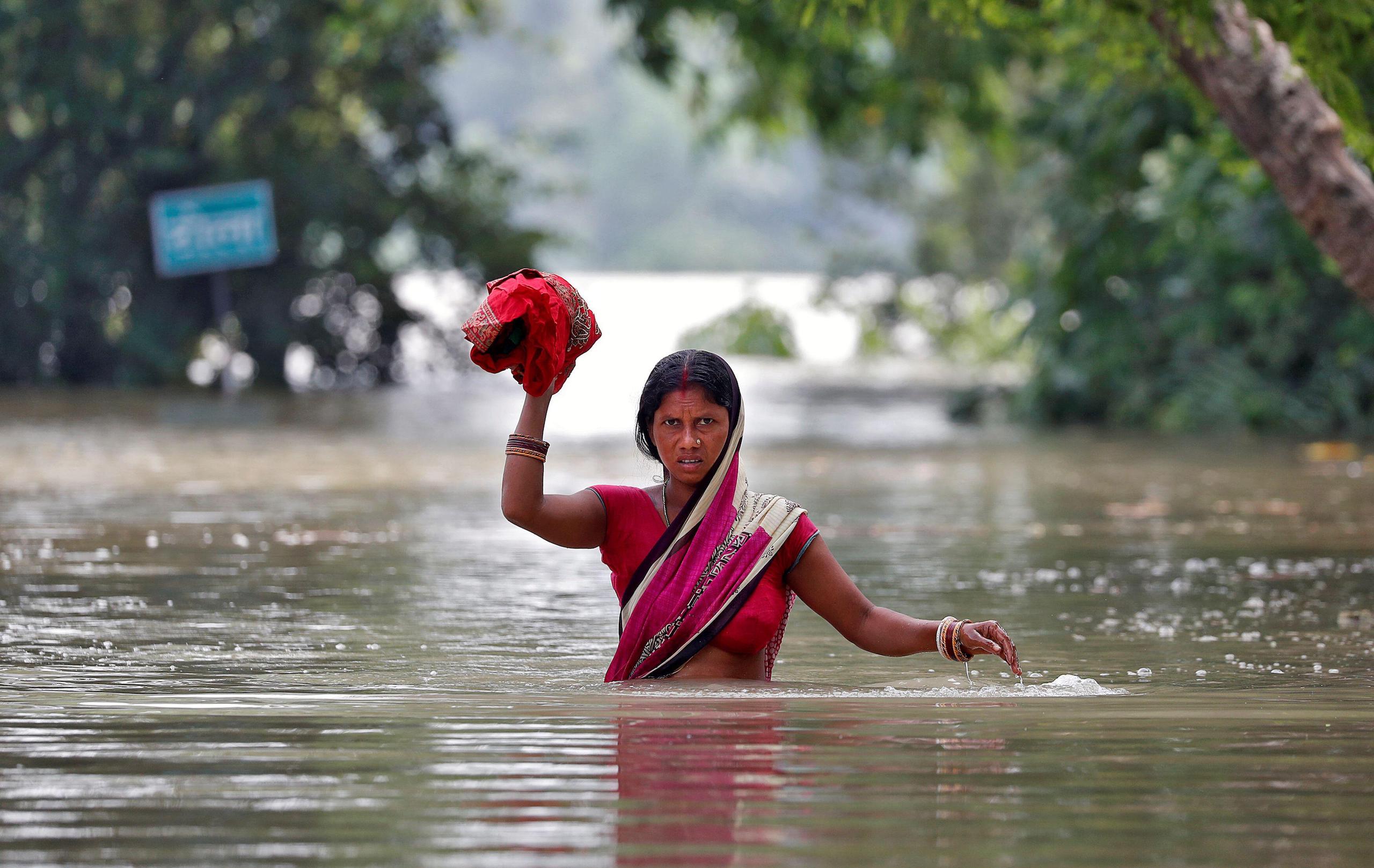

![Flooding along the Bagmati is an annual phenomenon in Bihar [image: Alamy]](https://dialogue.earth/content/uploads/2020/07/Floods-hit-Bihar-300x197.jpg)
